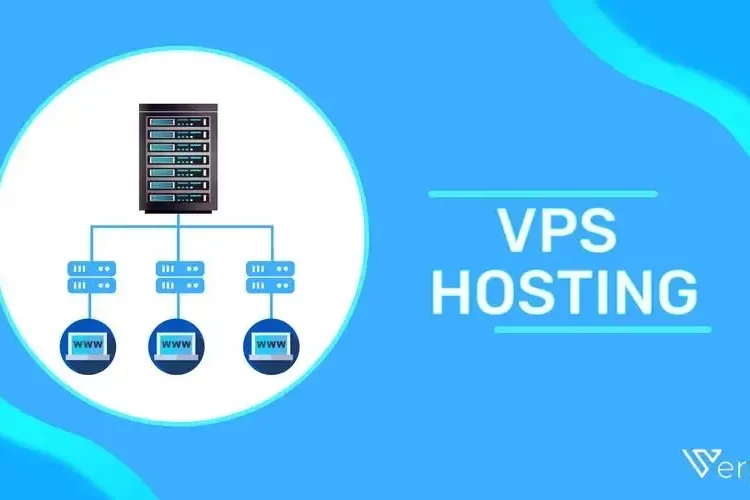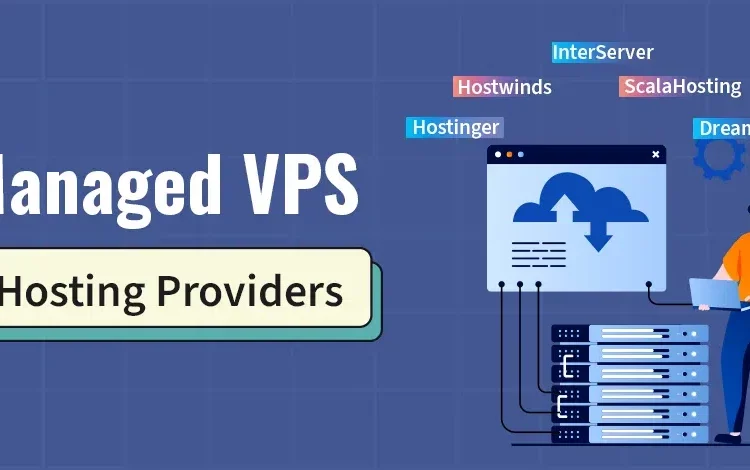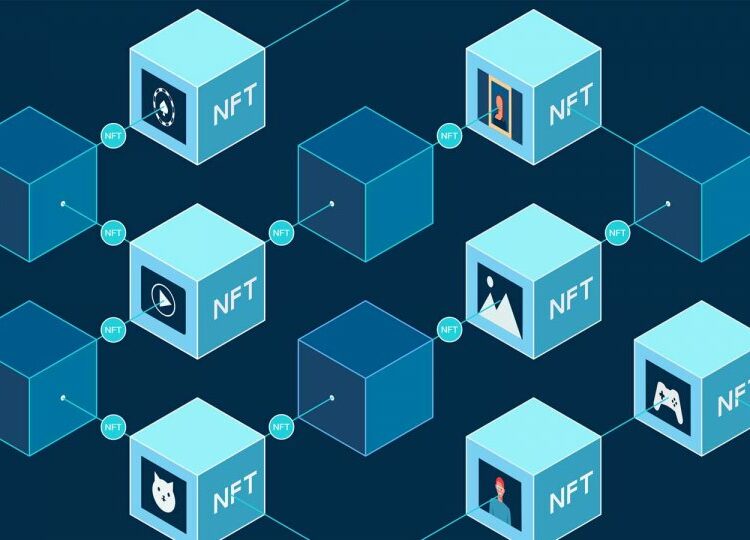The rapid growth of cloud adoption has led to a surge in multi-cloud deployments, presenting organizations with the challenge of maintaining consistency and control across various providers. Multi-cloud management platforms offer a solution by providing a centralized hub for managing policies, resources, and security across diverse cloud environments. This approach aims to streamline operations and optimize costs. As organizations increasingly rely on multiple cloud services to meet their diverse needs, understanding and effectively utilizing multi-cloud management platforms has never been more critical.
Toc
- 1. Understanding Multi Cloud Management Platforms
- 2. Choosing the Right Multi-Cloud Management Platform
- 3. Implementing and Managing Multi-Cloud Management Platforms
- 4. Related articles 01:
- 5. Navigating Multi-Cloud Cost Optimization
- 6. The Future of Multi-Cloud Management Platforms
- 7. Frequently Asked Questions
- 8. Related articles 02:
- 9. Conclusion
Understanding Multi Cloud Management Platforms
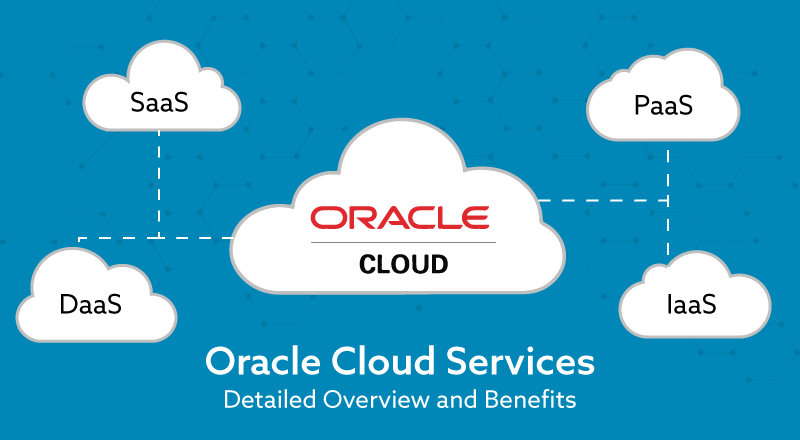
Multi-cloud management platforms are essential tools designed to help organizations manage their multi-cloud environments effectively. By providing a centralized view and control over various cloud services, these platforms enable cloud architects to monitor, secure, and optimize workloads across multiple cloud providers.
Key Features of Multi-Cloud Management Platforms
- Centralized Visibility: Multi-cloud management platforms offer a unified dashboard that aggregates information from different cloud providers, giving organizations a comprehensive view of their multi-cloud infrastructure. For example, a platform might visualize resource utilization across AWS, Azure, and GCP, showing how each service is performing and where potential bottlenecks exist. This visibility is crucial for making informed decisions about resource allocation and performance optimization, allowing cloud architects to proactively adjust resource allocation based on real-time data, preventing performance issues and optimizing costs. Some argue that centralized visibility can be overwhelming, especially for organizations with complex multi-cloud deployments. However, advanced filtering and reporting capabilities within multi-cloud management platforms can help users focus on specific areas of interest and gain actionable insights.
- Policy Management: These platforms allow for the establishment and enforcement of consistent policies across various cloud environments, ensuring compliance and governance. This feature is particularly important for organizations that must adhere to strict regulatory requirements.
- Cost Optimization: Advanced analytics and recommendations help identify cost-saving opportunities within multi-cloud deployments, making it easier to manage expenses. For instance, a multi-cloud management platform can analyze historical data to predict future usage patterns and automatically adjust resource allocation to avoid overspending. It can also identify unused resources, such as idle instances, and recommend their termination or rightsizing. By utilizing sophisticated algorithms, these platforms can analyze usage patterns and suggest adjustments to optimize costs effectively. Some organizations might hesitate to rely solely on automated recommendations for cost optimization, fearing potential disruptions to their services. However, most multi-cloud management platforms allow for manual review and approval before implementing any changes, ensuring control and minimizing risks.
- Security Orchestration: By integrating security controls, threat detection, and compliance management, multi-cloud management platforms enhance an organization’s overall security posture. They provide tools to monitor security threats in real-time and automate responses to incidents.
- Workload Migration: These platforms facilitate the seamless migration of workloads between different cloud providers, minimizing the complexity often associated with multi-cloud operations. This capability is essential for organizations looking to optimize their resource utilization and adapt to changing business needs. While workload migration can be facilitated by multi-cloud management platforms, the process can still be complex and time-consuming, especially for large-scale migrations. Organizations should carefully evaluate the complexity of their specific migration needs before relying solely on a platform.
By leveraging a multi-cloud management platform, organizations can unlock the full potential of their multi-cloud strategies by streamlining operations, bolstering security, and optimizing costs.
Choosing the Right Multi-Cloud Management Platform

Selecting the appropriate multi-cloud management platform is crucial for ensuring that it aligns with your organization’s specific requirements and objectives. Here are some key factors to consider during the selection process:
Key Considerations
- Cloud Provider Compatibility: Assess the platform’s ability to support the cloud providers your organization utilizes, including Amazon Web Services (AWS), Microsoft Azure, and Google Cloud Platform (GCP). The more compatible a platform is with various providers, the more flexible your organization will be in deploying workloads.
- Workload Management Capabilities: Evaluate the platform’s capacity to manage various workload types, such as virtual machines, containers, and serverless functions, ensuring it can support your diverse application landscape. A versatile platform will allow for greater agility in deploying applications across different environments.
- Security and Compliance Features: Investigate the platform’s security capabilities, including threat detection, vulnerability management, and compliance monitoring, to confirm it meets your organization’s security and regulatory requirements. This is essential for protecting sensitive data and maintaining trust with customers.
- Cost Optimization Tools: Look for platforms that offer advanced cost optimization features, such as resource utilization analysis, rightsizing recommendations, and spending control, which can enhance visibility and control over multi-cloud costs. Effective cost management tools will help your organization stay within budget while maximizing resource utilization.
- Integration with Existing Tools: Ensure that the multi-cloud management platform can seamlessly integrate with your organization’s current infrastructure and monitoring tools to reduce the need for costly integrations or custom development. This will facilitate a smoother transition and minimize disruptions to existing workflows.
By carefully evaluating these factors, cloud architects can choose a multi-cloud management platform that not only addresses their current needs but also provides a scalable and adaptable solution for the evolving demands of their multi-cloud environment.
Implementing and Managing Multi-Cloud Management Platforms
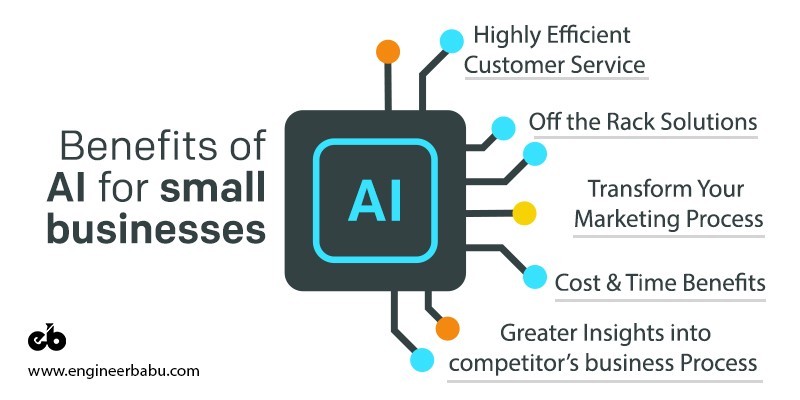
The successful implementation and ongoing management of a multi-cloud management platform require a strategic approach. Cloud architects should consider the following best practices:
Best Practices for Implementation
- Deployment Strategies: Determine the most suitable deployment model for your organization—whether on-premises, cloud-based, or hybrid—considering factors like data sovereignty, security, and scalability. The chosen model should align with your organization’s overall IT strategy.
- Integration with Existing Infrastructure: Develop a comprehensive plan to integrate the multi-cloud management platform with your existing cloud infrastructure, security tools, and monitoring systems, ensuring a cohesive operational environment. This integration will enhance the effectiveness of your cloud management efforts.
- Configuration and Customization: Tailor the platform’s settings, policies, and workflows to align with your organization’s specific requirements, governance models, and best practices. Customization allows organizations to leverage the full potential of the platform while maintaining compliance with internal policies.
- Ongoing Management: Establish robust processes for monitoring the platform’s performance, updating configurations, and responding to alerts and incidents to ensure it remains effective and aligned with your evolving needs. Regular reviews and updates are essential for maintaining optimal performance.
- Training and Support: Invest in training for your team to ensure they are well-versed in using the multi-cloud management platform. Ongoing support will also be vital for troubleshooting and addressing any issues that arise during operation.
By adhering to these best practices and addressing potential challenges, cloud architects can ensure smooth implementation and effective management of their multi-cloud management platform, maximizing the benefits of their multi-cloud strategy.
1. https://toprunracing.vn/archive/3430/
2. https://toprunracing.vn/archive/3434/
3. https://toprunracing.vn/archive/3433/

One of the primary motivations for adopting a multi-cloud strategy is the potential for significant cost savings. However, managing and optimizing costs across multiple cloud providers can be complex. Multi-cloud management platforms play a crucial role in this area, offering advanced cost optimization features and insights.
Cost Optimization Features
Cloud architects should leverage the cost optimization tools within their selected multi-cloud management platform to gain a comprehensive understanding of their cloud spending. These tools often provide:
- Cost Allocation and Resource Utilization Analysis: Detailed insights into how resources are consumed across various cloud environments. This data is essential for identifying areas where costs can be reduced.
- Rightsizing Recommendations: Guidance on adjusting resource sizes to match actual usage, ensuring that organizations are not overpaying for unnecessary capacity. Right-sizing can lead to significant savings, especially in large-scale deployments.
- Spending Control: Tools to set budgets and alerts for cost thresholds, enabling proactive management of cloud expenses. This feature helps organizations avoid unexpected charges and maintain better control over their cloud budgets.
By continuously monitoring and analyzing cloud costs, cloud architects can identify opportunities for optimization, such as right-sizing resources, utilizing reserved instances or spot instances, and eliminating unused or underutilized resources. Furthermore, viewing cost metrics at a granular level—such as by application, team, or environment—can aid organizations in making more strategic decisions regarding their cloud investments.
Real-World Applications of Cost Optimization
Organizations that effectively leverage multi-cloud management platforms for cost optimization can achieve substantial savings. For example, a large e-commerce company employing multiple cloud providers to handle seasonal spikes in traffic used a multi-cloud management platform to analyze resource utilization. They discovered that certain resources were consistently over-provisioned during off-peak times. By implementing rightsizing recommendations from the platform, they reduced their cloud spending by 30% while maintaining performance during peak periods.
The Future of Multi-Cloud Management Platforms

As the cloud landscape continues to evolve, the role of multi-cloud management platforms is expected to become increasingly vital. Here are some emerging trends and future directions in this space:
Emerging Trends
- Automation and AI-Driven Intelligence: Multi-cloud management platforms are integrating advanced automation and artificial intelligence capabilities, enabling intelligent cost optimization, predictive maintenance, and proactive incident response. These features will allow organizations to react quickly to changing conditions and improve operational efficiency.
- Edge Computing Integration: With the rise of edge computing, these platforms will need to extend their capabilities to manage and orchestrate workloads across distributed edge environments, seamlessly integrating on-premises and cloud-based infrastructure. This integration will be critical for organizations looking to leverage edge computing for real-time data processing and analytics.
- Enhanced Security and Compliance: Multi-cloud management platforms will be crucial in addressing the complex security and compliance challenges arising from the expanding multi-cloud ecosystem, incorporating advanced threat detection, data encryption, and compliance monitoring features. As cyber threats evolve, the need for robust security measures will only increase.
- Interoperability and Standardization: As organizations adopt multi-cloud strategies, the demand for interoperability between different cloud services will grow. Future multi-cloud management platforms will need to support standardized APIs and protocols to facilitate seamless communication between various cloud environments.
As cloud architects navigate this rapidly evolving multi-cloud landscape, the importance of a robust and adaptable multi-cloud management platform will only continue to grow. By staying informed about these emerging trends and future developments, cloud architects can better prepare their organizations to leverage the full potential of multi-cloud strategies.
Frequently Asked Questions
What are the key challenges in managing multi-cloud environments?
The primary challenges include increased complexity, the integration of different cloud providers, and the management of disparate billing and cost structures. Organizations must develop strategies to address these challenges effectively.
What are the benefits of using a multi-cloud management platform?
Multi-cloud management platforms provide centralized visibility, policy management, cost optimization, security orchestration, and workload migration capabilities, streamlining operations and enhancing security.
1. https://toprunracing.vn/archive/3433/
2. https://toprunracing.vn/archive/3434/
3. https://toprunracing.vn/archive/3430/
How can I choose the right multi-cloud management platform for my organization?
Consider factors such as cloud provider compatibility, workload management capabilities, security and compliance features, cost optimization tools, and integration with existing infrastructure.
What are some best practices for optimizing costs in a multi-cloud environment?
Best practices include leveraging cost optimization tools within your multi-cloud management platform, continuously monitoring and analyzing cloud spending, and implementing effective resource allocation and rightsizing strategies.
What are the future trends in multi-cloud management?
Future trends include advanced automation and AI-driven intelligence, tighter integration with edge computing environments, and enhanced security and compliance capabilities within multi-cloud management platforms.
Conclusion
In summary, multi-cloud management platforms are essential for cloud architects navigating the complexities of managing multi-cloud environments. These platforms offer a comprehensive solution, providing centralized visibility, policy management, cost optimization, security orchestration, and workload migration capabilities.
By carefully evaluating and implementing the right multi-cloud management platform, cloud architects can streamline their operations, enhance security, and optimize costs, empowering their organizations to fully capitalize on the benefits of a multi-cloud strategy. As the cloud landscape continues to evolve, the role of multi-cloud management platforms will grow in importance, with emerging trends like automation, AI-driven intelligence, and edge computing integration shaping the future of this dynamic ecosystem.
To learn more about specific multi-cloud management platforms and their features, visit our website or contact our experts for a personalized consultation.


